CONCERNS OVER QUARANTINE FACILITIES
입력 2020.01.31 (15:21)
수정 2020.01.31 (17:13)
읽어주기 기능은 크롬기반의
브라우저에서만 사용하실 수 있습니다.
[Anchor Lead]
Meanwhile, S. Korean evacuees who did not show any symptoms upon arrival, have also been put under quarantine in a special facility to check if they develop any symptoms. Here's what an expert has to say about the local residents' concerns, over the spread of the deadly virus in the communities where the facilities are located.
[Pkg]
Korean nationals who arrived from Wuhan have been transported to temporary living quarters in Jincheon, Chungcheongbuk-do Province, and Asan, Chungcheongnam-do Province. They will be under quarantine for 14 days. Only one person is allowed to stay in each room. The rule applies to spouses and family members as well. Children younger than 12 can be accompanied by a guardian. Each room is equipped with a bathroom, meaning the residents don't need to share any facilities outside of their rooms. They are not allowed to leave the quarantined area or have visitors. They must also wear medical masks when leaving their rooms. Garbage produced in the facilities will be processed safely. None of the residents have symptoms at this point. Still, a medical staff will check their body temperature twice a day.
[Soundbite] UM JUNG-SHIK(PROF., GACHON UNIVERSITY) : "Just being quarantined in those facilities is already a measure of the highest level, some would even consider excessive. The physical distance alone is enough to block the disease."
According to experts, the possibility of the virus spreading to the local communities is zero under such conditions.
[Soundbite] UM JUNG-SHIK(PROF., GACHON UNIVERSITY) : "The novel coronavirus spreads through droplets, which can't fly more than two meters even when sneezing or coughing very hard. It's impossible for the droplets to fly over hundreds of meters or kilometers and spread. If the quarantine conditions are maintained well, the possibility of the virus affecting nearby communities is zero."
The government will dispatch some 140 officials to the quarantine facilities to thoroughly monitor them.
[Soundbite] UM JUNG-SHIK(PROF., GACHON UNIVERSITY) : "Those people must have thought a lot about being infected or spreading the virus to others. I don't think they will do anything to cause harm to the local communities. Trespassing at the quarantine facilities will be monitored thoroughly by police officers, so the public can rest assured. I hope the people will welcome our compatriots from Wuhan warmly because they have gone through a lot."
The quarantined citizens will be tested for the novel coronavirus using a new method.
[Soundbite] UM JUNG-SHIK(PROF., GACHON UNIVERSITY) : "Those who have early symptoms will be detected and quarantined immediately. I think there is no need to worry about the disease spreading among them."
Those who develop symptoms will be immediately transported to designated medical centers for treatment.
Meanwhile, S. Korean evacuees who did not show any symptoms upon arrival, have also been put under quarantine in a special facility to check if they develop any symptoms. Here's what an expert has to say about the local residents' concerns, over the spread of the deadly virus in the communities where the facilities are located.
[Pkg]
Korean nationals who arrived from Wuhan have been transported to temporary living quarters in Jincheon, Chungcheongbuk-do Province, and Asan, Chungcheongnam-do Province. They will be under quarantine for 14 days. Only one person is allowed to stay in each room. The rule applies to spouses and family members as well. Children younger than 12 can be accompanied by a guardian. Each room is equipped with a bathroom, meaning the residents don't need to share any facilities outside of their rooms. They are not allowed to leave the quarantined area or have visitors. They must also wear medical masks when leaving their rooms. Garbage produced in the facilities will be processed safely. None of the residents have symptoms at this point. Still, a medical staff will check their body temperature twice a day.
[Soundbite] UM JUNG-SHIK(PROF., GACHON UNIVERSITY) : "Just being quarantined in those facilities is already a measure of the highest level, some would even consider excessive. The physical distance alone is enough to block the disease."
According to experts, the possibility of the virus spreading to the local communities is zero under such conditions.
[Soundbite] UM JUNG-SHIK(PROF., GACHON UNIVERSITY) : "The novel coronavirus spreads through droplets, which can't fly more than two meters even when sneezing or coughing very hard. It's impossible for the droplets to fly over hundreds of meters or kilometers and spread. If the quarantine conditions are maintained well, the possibility of the virus affecting nearby communities is zero."
The government will dispatch some 140 officials to the quarantine facilities to thoroughly monitor them.
[Soundbite] UM JUNG-SHIK(PROF., GACHON UNIVERSITY) : "Those people must have thought a lot about being infected or spreading the virus to others. I don't think they will do anything to cause harm to the local communities. Trespassing at the quarantine facilities will be monitored thoroughly by police officers, so the public can rest assured. I hope the people will welcome our compatriots from Wuhan warmly because they have gone through a lot."
The quarantined citizens will be tested for the novel coronavirus using a new method.
[Soundbite] UM JUNG-SHIK(PROF., GACHON UNIVERSITY) : "Those who have early symptoms will be detected and quarantined immediately. I think there is no need to worry about the disease spreading among them."
Those who develop symptoms will be immediately transported to designated medical centers for treatment.
■ 제보하기
▷ 카카오톡 : 'KBS제보' 검색, 채널 추가
▷ 전화 : 02-781-1234, 4444
▷ 이메일 : kbs1234@kbs.co.kr
▷ 유튜브, 네이버, 카카오에서도 KBS뉴스를 구독해주세요!
- CONCERNS OVER QUARANTINE FACILITIES
-
- 입력 2020-01-31 15:25:55
- 수정2020-01-31 17:13:17
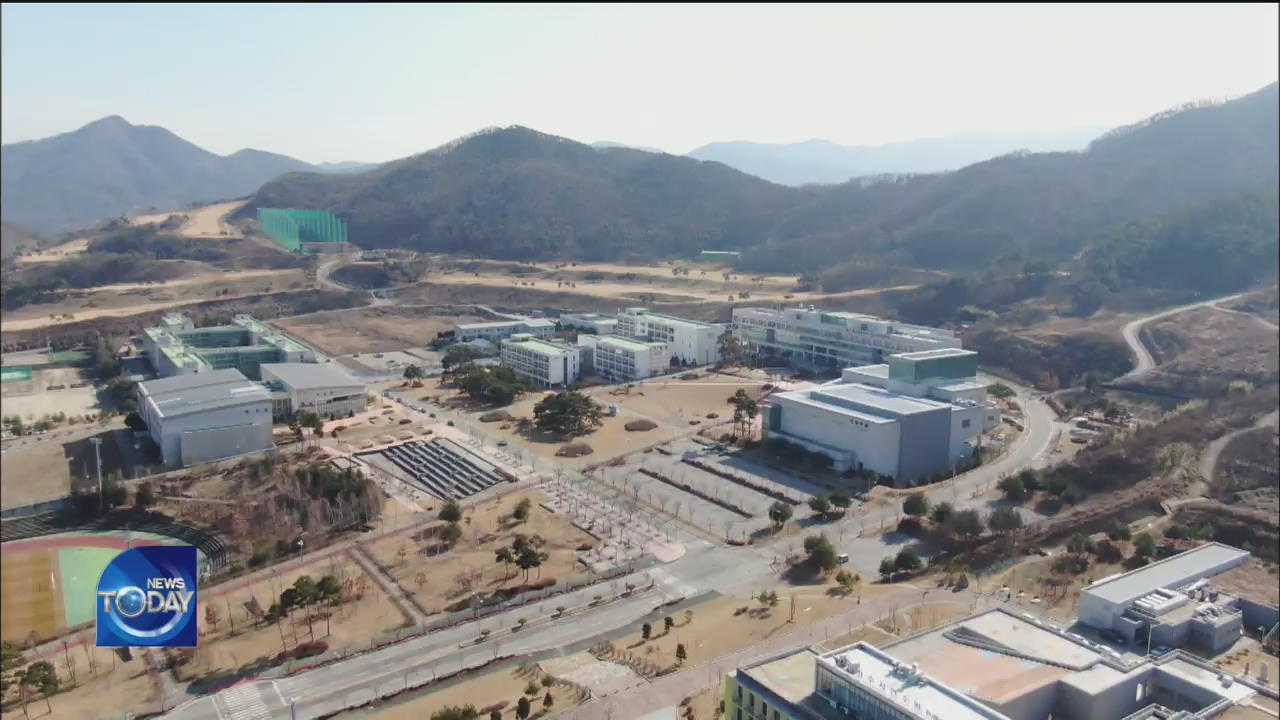
[Anchor Lead]
Meanwhile, S. Korean evacuees who did not show any symptoms upon arrival, have also been put under quarantine in a special facility to check if they develop any symptoms. Here's what an expert has to say about the local residents' concerns, over the spread of the deadly virus in the communities where the facilities are located.
[Pkg]
Korean nationals who arrived from Wuhan have been transported to temporary living quarters in Jincheon, Chungcheongbuk-do Province, and Asan, Chungcheongnam-do Province. They will be under quarantine for 14 days. Only one person is allowed to stay in each room. The rule applies to spouses and family members as well. Children younger than 12 can be accompanied by a guardian. Each room is equipped with a bathroom, meaning the residents don't need to share any facilities outside of their rooms. They are not allowed to leave the quarantined area or have visitors. They must also wear medical masks when leaving their rooms. Garbage produced in the facilities will be processed safely. None of the residents have symptoms at this point. Still, a medical staff will check their body temperature twice a day.
[Soundbite] UM JUNG-SHIK(PROF., GACHON UNIVERSITY) : "Just being quarantined in those facilities is already a measure of the highest level, some would even consider excessive. The physical distance alone is enough to block the disease."
According to experts, the possibility of the virus spreading to the local communities is zero under such conditions.
[Soundbite] UM JUNG-SHIK(PROF., GACHON UNIVERSITY) : "The novel coronavirus spreads through droplets, which can't fly more than two meters even when sneezing or coughing very hard. It's impossible for the droplets to fly over hundreds of meters or kilometers and spread. If the quarantine conditions are maintained well, the possibility of the virus affecting nearby communities is zero."
The government will dispatch some 140 officials to the quarantine facilities to thoroughly monitor them.
[Soundbite] UM JUNG-SHIK(PROF., GACHON UNIVERSITY) : "Those people must have thought a lot about being infected or spreading the virus to others. I don't think they will do anything to cause harm to the local communities. Trespassing at the quarantine facilities will be monitored thoroughly by police officers, so the public can rest assured. I hope the people will welcome our compatriots from Wuhan warmly because they have gone through a lot."
The quarantined citizens will be tested for the novel coronavirus using a new method.
[Soundbite] UM JUNG-SHIK(PROF., GACHON UNIVERSITY) : "Those who have early symptoms will be detected and quarantined immediately. I think there is no need to worry about the disease spreading among them."
Those who develop symptoms will be immediately transported to designated medical centers for treatment.
Meanwhile, S. Korean evacuees who did not show any symptoms upon arrival, have also been put under quarantine in a special facility to check if they develop any symptoms. Here's what an expert has to say about the local residents' concerns, over the spread of the deadly virus in the communities where the facilities are located.
[Pkg]
Korean nationals who arrived from Wuhan have been transported to temporary living quarters in Jincheon, Chungcheongbuk-do Province, and Asan, Chungcheongnam-do Province. They will be under quarantine for 14 days. Only one person is allowed to stay in each room. The rule applies to spouses and family members as well. Children younger than 12 can be accompanied by a guardian. Each room is equipped with a bathroom, meaning the residents don't need to share any facilities outside of their rooms. They are not allowed to leave the quarantined area or have visitors. They must also wear medical masks when leaving their rooms. Garbage produced in the facilities will be processed safely. None of the residents have symptoms at this point. Still, a medical staff will check their body temperature twice a day.
[Soundbite] UM JUNG-SHIK(PROF., GACHON UNIVERSITY) : "Just being quarantined in those facilities is already a measure of the highest level, some would even consider excessive. The physical distance alone is enough to block the disease."
According to experts, the possibility of the virus spreading to the local communities is zero under such conditions.
[Soundbite] UM JUNG-SHIK(PROF., GACHON UNIVERSITY) : "The novel coronavirus spreads through droplets, which can't fly more than two meters even when sneezing or coughing very hard. It's impossible for the droplets to fly over hundreds of meters or kilometers and spread. If the quarantine conditions are maintained well, the possibility of the virus affecting nearby communities is zero."
The government will dispatch some 140 officials to the quarantine facilities to thoroughly monitor them.
[Soundbite] UM JUNG-SHIK(PROF., GACHON UNIVERSITY) : "Those people must have thought a lot about being infected or spreading the virus to others. I don't think they will do anything to cause harm to the local communities. Trespassing at the quarantine facilities will be monitored thoroughly by police officers, so the public can rest assured. I hope the people will welcome our compatriots from Wuhan warmly because they have gone through a lot."
The quarantined citizens will be tested for the novel coronavirus using a new method.
[Soundbite] UM JUNG-SHIK(PROF., GACHON UNIVERSITY) : "Those who have early symptoms will be detected and quarantined immediately. I think there is no need to worry about the disease spreading among them."
Those who develop symptoms will be immediately transported to designated medical centers for treatment.
이 기사가 좋으셨다면
-
좋아요
0
-
응원해요
0
-
후속 원해요
0










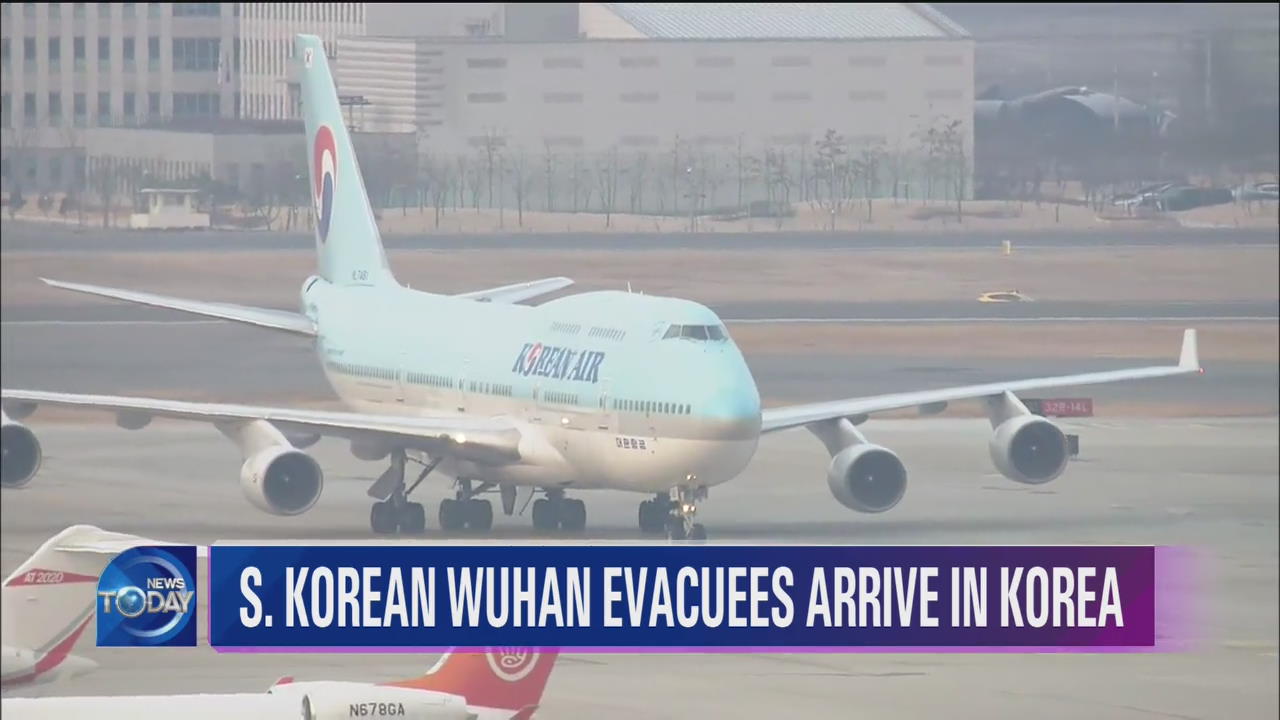
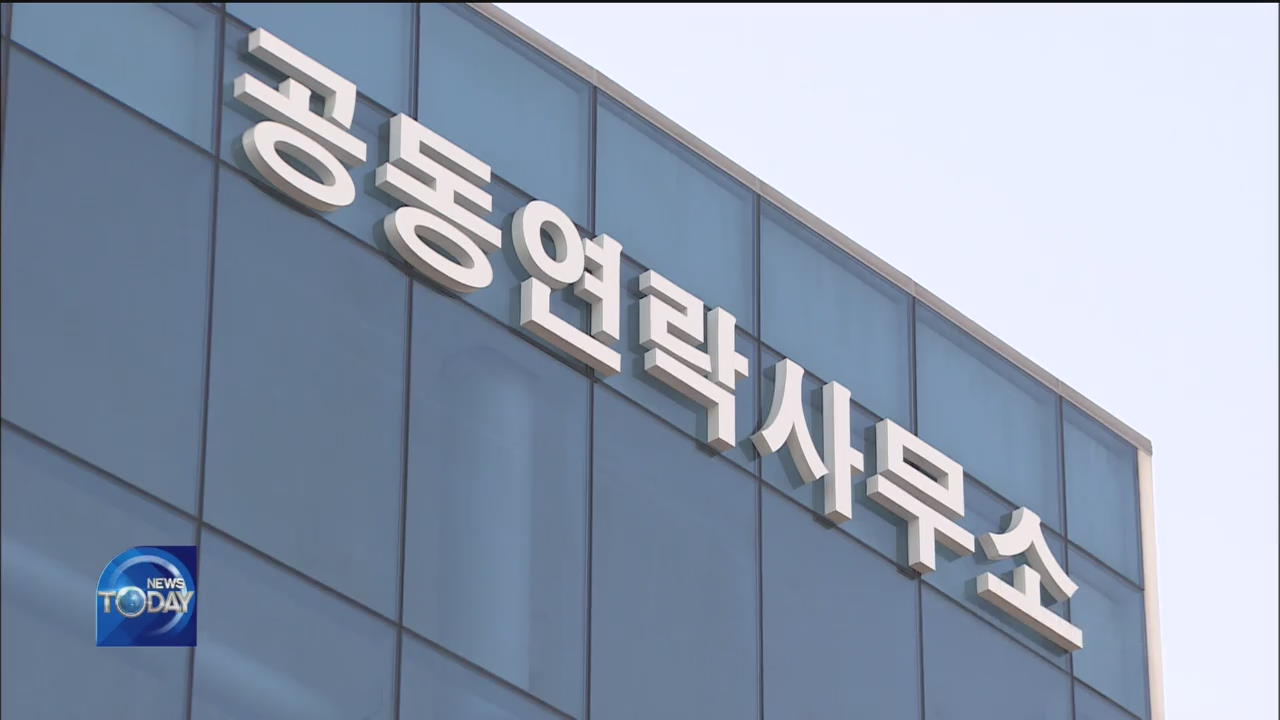
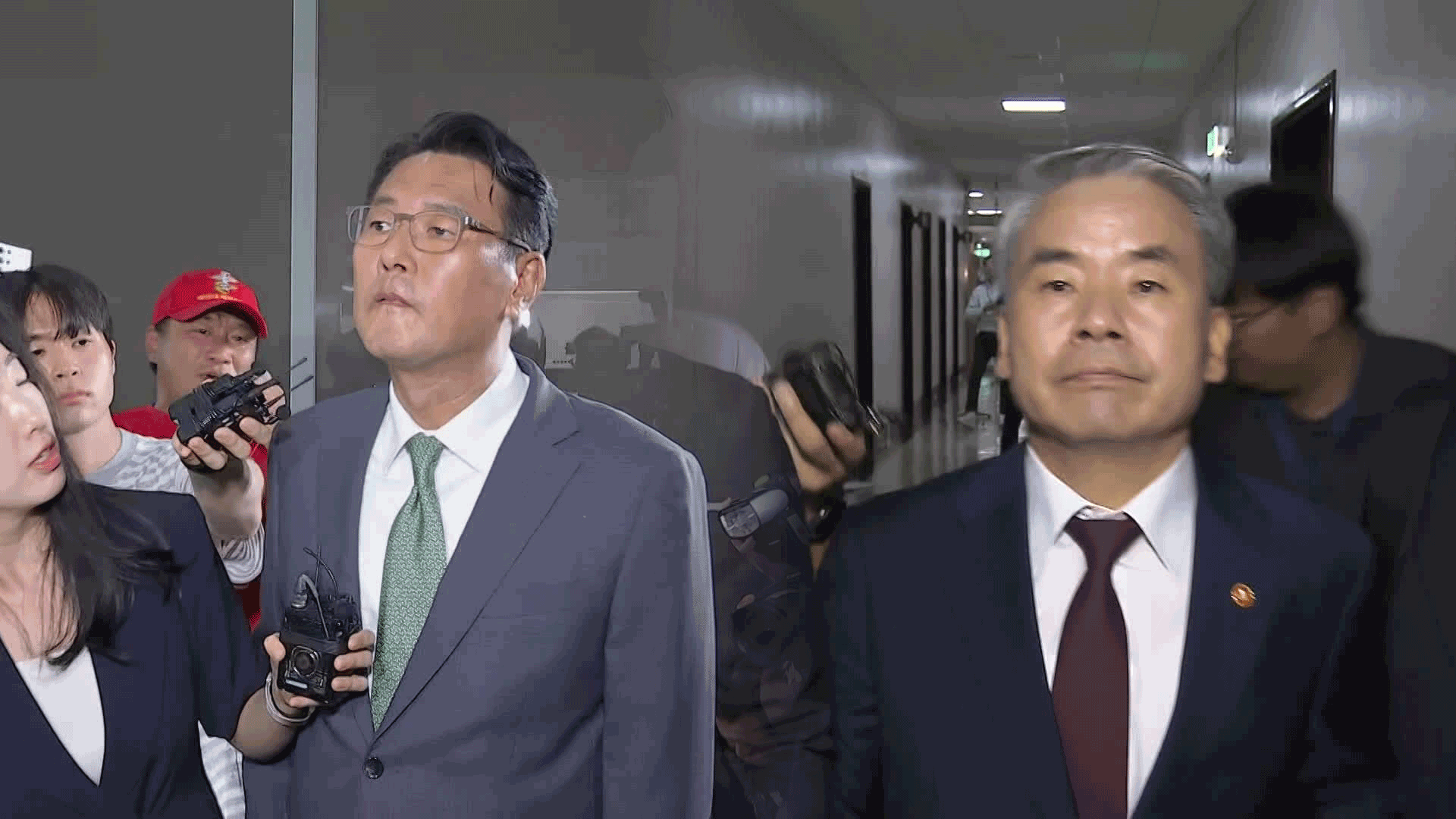
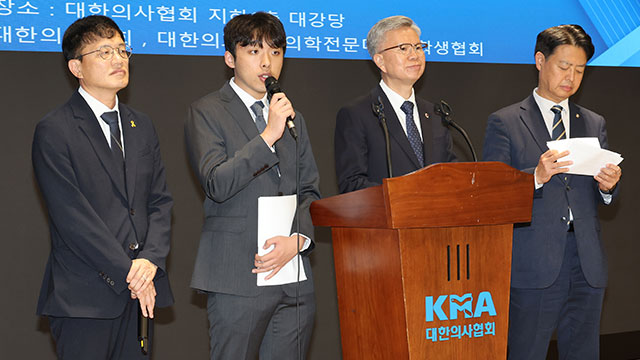

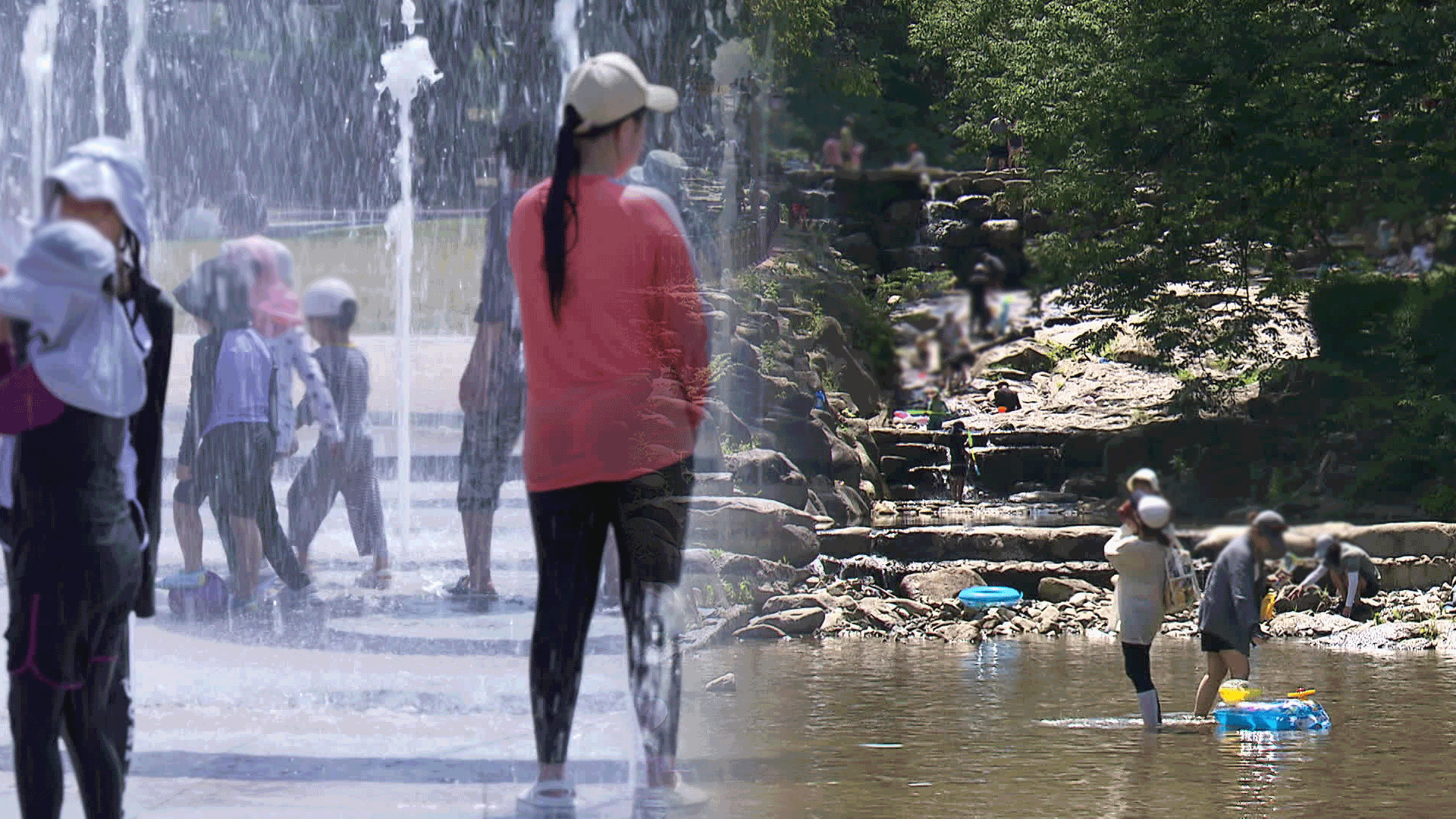

이 기사에 대한 의견을 남겨주세요.